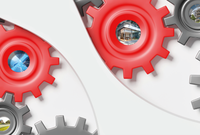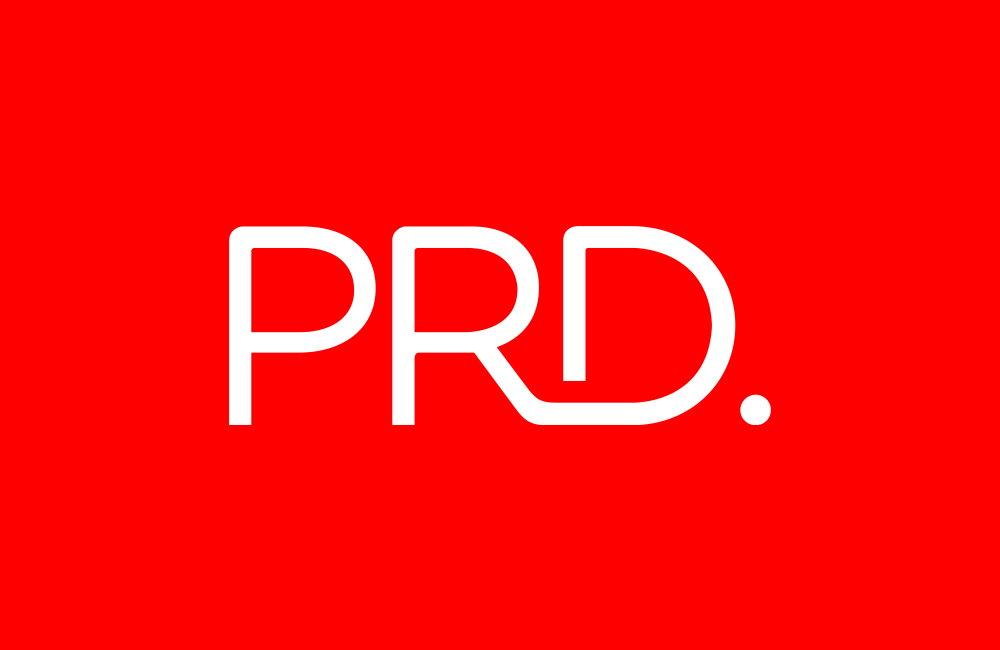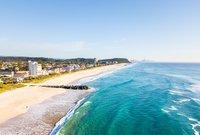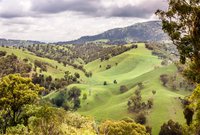Your Green Guide – Residential Real Estate 2018
PRD, through the Australia Research Council Linkage project funded by the Australian Federal Government, is proud to release Your Green Guide - Residential Real Estate 2018 and an accompanying Green House Scorecard. This work is a culmination of 3 years of research, in collaboration with Queensland University of Technology (QUT), Karlsruhe Institute of Technology Germany, and other key industry partners.

 PRD, through the Australia Research
Council Linkage project funded by the Australian Federal Government, is proud
to release the PRD Green Guide - Residential Real Estate 2018 and an accompanying PRD Green House Scorecard .
This
work is a culmination of 3 years of research, in
collaboration with Queensland
University of Technology (QUT), Karlsruhe Institute of Technology Germany, and
other key industry partners. The PRD Green Guide and Green Housing Scorecard has been recognised by the REB as an innovative tool for the real estate industry and has been named as a 2018 REB Finalist in the Innovator of the Year category
PRD, through the Australia Research
Council Linkage project funded by the Australian Federal Government, is proud
to release the PRD Green Guide - Residential Real Estate 2018 and an accompanying PRD Green House Scorecard .
This
work is a culmination of 3 years of research, in
collaboration with Queensland
University of Technology (QUT), Karlsruhe Institute of Technology Germany, and
other key industry partners. The PRD Green Guide and Green Housing Scorecard has been recognised by the REB as an innovative tool for the real estate industry and has been named as a 2018 REB Finalist in the Innovator of the Year category
Through this research project PRD has found sustainable buildings outperform their conventional competitors in all relevant areas — environmentally, socially and financially. Due to these findings it is importance that the real estate industry increase communication to potential buyers and sellers about sustainability features in their homes. These features not only contribute to improving the price of properties but also the decrease the time taken to sell the property. Further research conducted indicates that houses with sustainable features achieve the most competitive market price.
Sustainability features for residential properties mean different things to different people. In this research investigation PRD considered the function and layout of the space that is used, the health and safety of occupants, how comfortable occupants are, the costs to occupants, and the lifespan of the building.
This comprehensive research project, conducted over 3 years and involved 215 houses, which were sold multiple times between 2004-2014, in Kelso, Townsville, QLD. An important point to note, amongst the 215 houses with repeated sales, 22 houses had documented sustainability features.
The PRD research investigation included key industry players across
Australia including 47 real estate agents
of which 63.8% had more than 10 years’ experience in the field and covered the
states of: New South Wales, South Australia, Victoria, and Queensland.
The outcomes of this project identified the top 7 benefits of having a property with sustainability features:
- More savings on utility bills and less
maintenance - Projected energy savings ranged from 3-14% in 2015 and from
3-32% in 2020 based on 6 star sustainable, energy efficient residential
property across Australia
- Reduced construction materials and
emissions
- Less days to sell listed property - Properties with recorded
sustainability features in Kelso, Queensland took 13 less number of days to be
sold on the market
- Improved comfort and long-term lifestyle
- Higher median price – Median house
prices of properties with recorded sustainability features (e.g. solar panel
&/or watering systems) are at least 10% higher than properties without recorded
sustainability features.
- Higher resale value
- Informed decision making
Undoubtedly, market value is affected by the supply and demand forces of the willing buyers and willing sellers. Increasing recognition of improved market performance associated with sustainability rating schemes means that in order to achieve an agreed and accurate price estimation of sustainable housing, both suppliers and buyers need to be well-informed about the benefits and cost savings of buying such properties.
Your Green Guide – Residential Real Estate 2018
Your Green Guide provides a comprehensive summary of the benefits of sustainability features within a residential property and how those in the industry (such as agents, valuers, and developers) can play an important part in adding value to the buying and selling journey of their customers. It provides a way to ensure both buyers and sellers are fully aware of the importance of sustainable housing when they buy or sell.
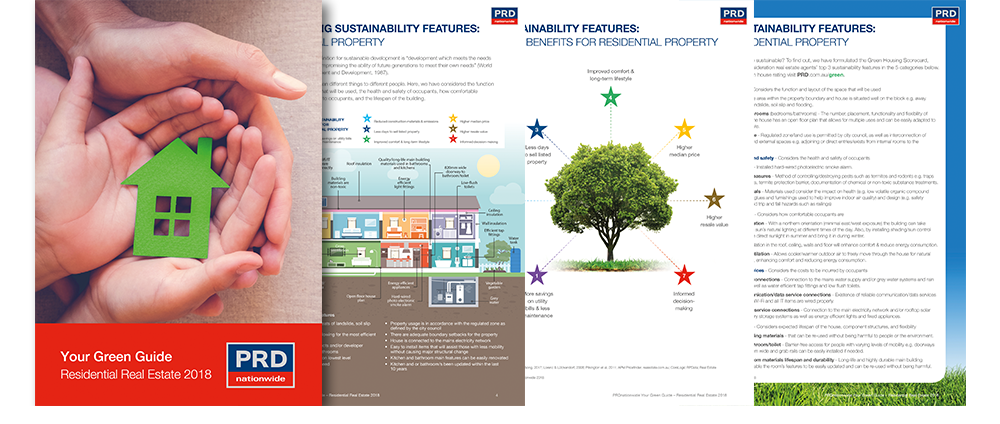
Green Housing Scorecard
The Green Housing Scorecard is dedicated to home buyers and is a complimentary extensive online learning tool that will provide an indication on how green your home is, based on a series of simple questions.
Questions covered in the Green Housing Scorecard are based on five key categories relating to sustainability:
- Spatial planning - site area, ratio of bedrooms to bathroom/s and zoning/land use
- Occupant health and safety - smoke alarms, pest control measures and building materials
- Occupant comfort - building orientation, insulation and cross-flow ventilation
- Operation and services - water service connections, communication/data service connections and energy service connections
- Building durability - the use of non-toxic building materials, bathroom/toilets are easily accessible from people with various levels of mobility and the lifespan and durability of kitchen/bathroom materials.
Upon completion of the Green Housing Scorecard participants are provided with a green house sustainability rating to identify areas for further improvement, aimed at increasing their sustainability rating.
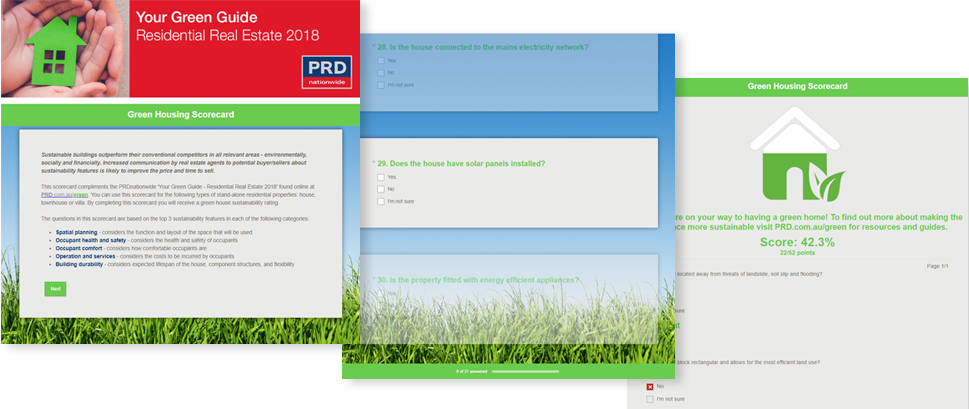
Visit the Green Housing Scorecard
Opportunities to Access Sustainability Information Throughout the Property Lifecycle
There are many opportunities available throughout the property purchase life cycle in which multiple property industry players, both directly and indirectly, can access information about sustainable housing. Some examples include:
- Developers - ensure that each property they build meets internal layout and connection regulations, as well as having sustainable water service connections (i.e rain water, grey water system, water tanks).
- Financiers - in tandem with valuers, should obtain/provide information on the durability of building materials and the existence of hazard
- Owner/occupants - request information on items such as solar panels, water tank, energy efficiency ratings; ultimately selecting properties with sustainability related features
- Builders - ensure that all changes to the property in relation to internal layout and connection regulations are documented, all ceiling height regulations are met, and that all drawings should including building material specifications such as lifespan and toxicity of materials
- Architects - ensure relevant visual access to neighbours/streets, building orientation, and cross-flow ventilation are displayed in drawings
- Real estate agents - include information on items such as: solar panels, water tank, energy efficiency, building orientation, cross-flow ventilation, and type of hot water unit in their advertisements and promotions
- Council - provide newsletters on the importance of sustainability features, publish information on incentives relating to installing sustainability features on their website, and provide access to full building plans or application documents to those interested.
